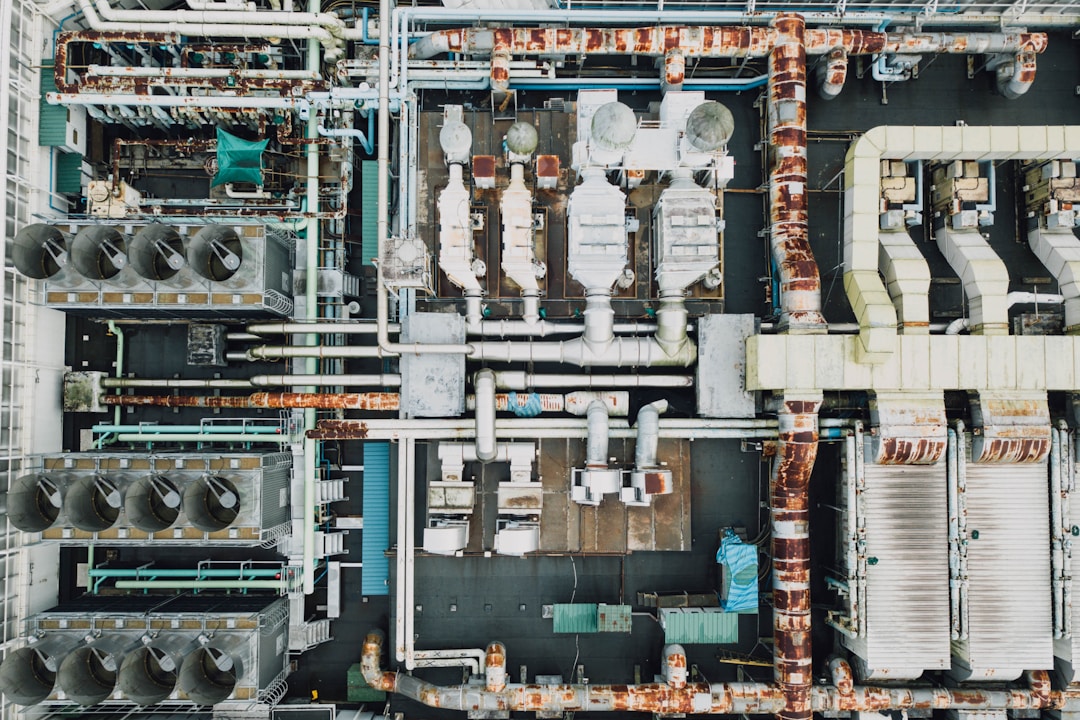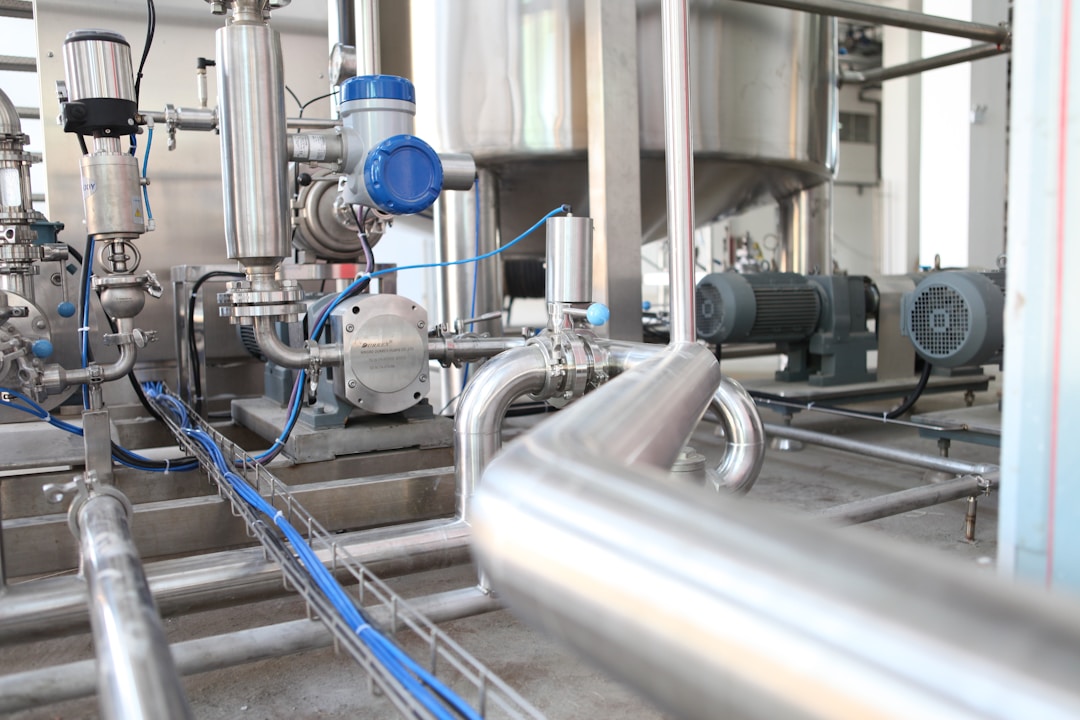As businesses evolve, so do their needs and requirements. Upgrading your business infrastructure is a critical step that can considerably boost your company’s efficiency, security, and productivity. A well-planned upgrade can make your business more flexible and adaptable, allowing it to keep up with the latest technological advances, meet the fast-changing market needs, and offload time-consuming maintenance. This article will delve deep into the crucial aspects of upgrading your business infrastructure. Keep reading to learn more.
Understanding the Importance of Upgrading Your Business
Upgrading your business is more than just investing in new gadgets, software, or trendy office furniture. It’s about designing a flexible environment that fosters innovation, ensures business continuity, and keeps your teams happy and productive. It’s about striking the right balance between your current business needs and your future goals. It’s the perfect opportunity to assess the risks and rewards associated with your new initiatives and align your resources accordingly.
Optimizing physical resources is another key area to focus on when it comes to upgrading your business. It’s time to bid farewell to cluttered workspaces, inefficient layouts, and outdated machinery. You can create a more productive and efficient work environment by embracing the novelty of streamlined and optimized spaces and investing in advanced and energy-efficient equipment.
One important aspect of optimizing physical resources is ensuring that essential systems, such as your commercial water treatment system and HVAC system, are up to date. These systems are crucial in maintaining a comfortable and healthy work environment. A properly functioning water treatment system helps minimize the risk of water-borne illnesses, thereby safeguarding the well-being of your employees and customers. Likewise, an efficient HVAC system ensures proper ventilation, temperature control, and air quality, vital for productivity and the overall well-being of everyone in the workspace.
Upgrading your commercial water treatment system can have numerous benefits for your business. These systems are designed to improve water quality by removing impurities and contaminants, resulting in cleaner and safer water for various applications. Whether for drinking, manufacturing processes, or irrigation, using clean water is essential for the smooth operations of any business. Additionally, modern water treatment systems are designed to be more energy-efficient, reducing water waste and optimizing the process. By investing in these systems, you not only ensure that your business has access to high-quality water but also save money on water bills in the long run.
Energy-efficient HVAC systems are another important aspect of sustainable business operations. HVAC systems typically account for a significant portion of a building’s energy consumption. These systems are designed to more efficiently control temperature, ventilation, and air quality, ensuring a comfortable and healthy working environment for your employees while minimizing energy wastage.
Steps To Upgrade Your Business Infrastructure

The first step to upgrading your business infrastructure is to assess your current status. Identify the areas where you are falling short, the ones needing epic enhancements, and those needing a mild touch-up. Evaluate how your existing infrastructure aligns with the nature of your business, your employees’ work patterns, and your organization’s growth trajectory.
It’s also crucial to involve your team in this process, as they are the ones who directly interact with your systems. Ask for their opinions, feedback, and suggestions about what improvements could be made. Plan your budget and prioritize tasks based on their importance and potential impact on your business.
The second step is to seek professional help. Upgrading your infrastructure is a significant investment, so it should be carefully planned and executed. Hiring a professional firm to assist you in this process can help avoid costly mistakes and ensure that you invest in the right places, at the right time, and the right way.
Choosing the Right Technology
Choosing the right technology is key to a successful infrastructure upgrade. The kind of technology you will need depends largely on the nature and scale of your business. If your business is growing rapidly and you need to manage a large team across various locations, you may want to invest in cloud computing and project management tools that allow you to coordinate tasks and communicate effectively with your team.
Investing in advanced cybersecurity solutions and data encryption software might be a wise choice if your business operates in an industry where data security is paramount. For businesses operating in the manufacturing industry, upgrading to smart machinery that can boost production efficiency might be beneficial.
It’s also worth considering adopting green technologies that can help to reduce your business’s environmental impact. From energy-efficient lighting to sustainable construction materials and eco-friendly office supplies, there are countless ways to make your infrastructure greener and more efficient.
Employee Training and Support
A successful upgrade does not end with merely replacing old hardware with new ones or shifting to better software. Employee training and support is an integral part of the process, without which the upgrade may not be as effective. After all, the employees are the end users and will determine the success or failure of the new system.
Training employees on the new systems, teaching them to troubleshoot common issues, and providing them with a helpline for any queries can significantly improve the efficiency of the upgrade process. It also lessens the fear of adaptability among employees and boosts their confidence while working with the new systems.
Further, always remember to support your employees throughout the transition process. Be open to their queries, suggestions, and criticisms about the new infrastructure. This can help you understand their unique needs and address any concerns promptly.
Keeping Maintenance in Check
Once the infrastructure upgrade is completed, the focus should shift towards maintenance. Regular maintenance is key to ensuring that your new systems and processes run efficiently for a long time. It includes everything from software updates and routine equipment checks to amenity maintenance.
Ensure your IT team proactively identifies and resolves any potential issues before they can escalate. Regularly update your software systems with the latest patches to secure them against potential cyber-attacks. Similarly, routine checks of your physical assets will ensure that they are at their optimal functioning levels and increase their longevity.
Also, always be prepared for unexpected complications. From sudden machinery breakdown to a cybersecurity breach, a contingency plan should always be in place to tackle any unforeseen situations swiftly.
Measuring the Success of Your Infrastructure Upgrade

When upgrading your infrastructure, the planning and implementation stages are often emphasized. However, having a solid strategy to measure your upgrade’s success is equally important. This strategy involves keeping track of key performance indicators (KPIs) that directly relate to the goals you set out to achieve with the upgrade.
Monitoring the performance of your new systems and processes over a certain time frame allows you to assess their effectiveness and identify any areas needing improvement. By analyzing KPIs such as increased productivity, reduced downtime, or improved customer satisfaction, you can gauge whether your infrastructure upgrade delivers the desired outcomes.
In addition to tracking KPIs, gathering feedback from your employees and customers is crucial. Their experiences with the new infrastructure can provide valuable insights into its impact on their everyday tasks and overall satisfaction. By understanding their perspectives, you can identify any challenges or issues that may have arisen and take necessary steps to address them.
You can continuously refine and improve your infrastructure and operations using this feedback. This iterative approach ensures that your infrastructure upgrade remains aligned with your goals and continuously adapts to the evolving needs of your organization. By consistently evaluating and making adjustments based on feedback and KPIs, you can maximize the benefits of the upgrade and achieve long-term success.
Upgrading your business infrastructure is essential to staying competitive in today’s fast-paced digital world. Investing in the right technology, optimizing your network, and ensuring your cybersecurity measures are up to par can greatly improve productivity, efficiency, and overall business performance.







